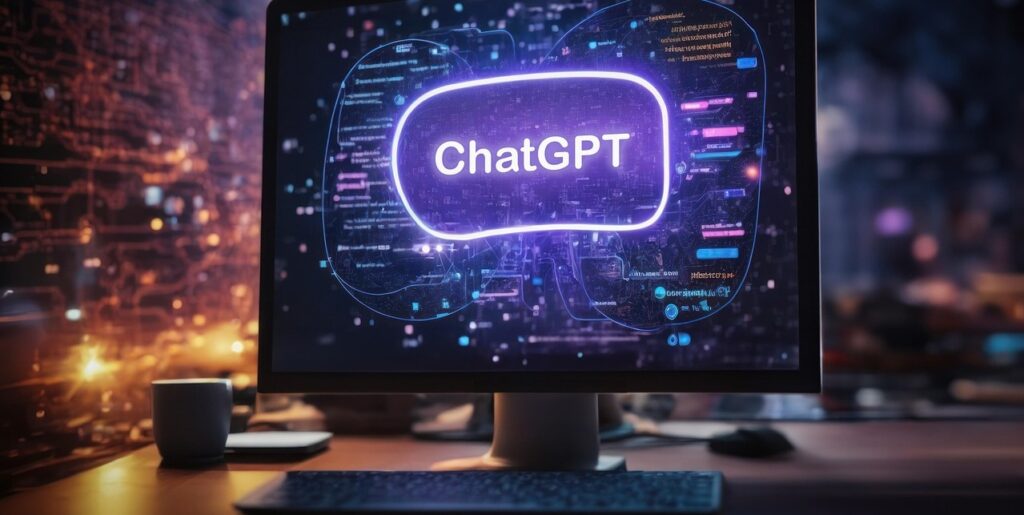ChatGPT has become increasingly popular among students for homework help, essay writing, coding assistance, and research. But as with any technology, the question arises: Is ChatGPT safe for students to use?
This guide addresses the benefits, risks, and best practices of using ChatGPT in an educational setting, giving parents, teachers, and students clarity on its safety and responsible use.

1. The Educational Benefits of ChatGPT for Students
ChatGPT can be a powerful learning assistant when used appropriately. Here’s how it supports students:
- Homework Help: Offers explanations, examples, and solutions in subjects like math, science, and history.
- Essay Writing Assistance: Helps brainstorm, outline, and structure essays (without writing them for you).
- Study Aid: Summarizes chapters, explains complex concepts, and generates quizzes.
- Coding Help: Assists with learning programming languages and debugging code.
These benefits make ChatGPT a valuable supplement to classroom learning — when students engage actively rather than passively copying.
2. Risks and Misuse to Watch Out For
Despite its advantages, ChatGPT presents several risks for students if used irresponsibly:
* Academic Dishonesty
- Students may be tempted to copy AI-generated responses directly into assignments.
- This violates school policies and hinders learning.
* Inaccurate Information
- ChatGPT can sometimes provide outdated or incorrect facts (known as “hallucinations”).
- Relying solely on AI without cross-checking sources can lead to misinformation.
* Privacy Concerns
- ChatGPT does not store conversations permanently, but students should never input personal details.
- Parental or educator supervision is recommended for younger students.
3. Age-Appropriate Use and Parental Guidance
OpenAI recommends ChatGPT for users aged 13 and above, with parental consent for those under 18.
* Tips for Parents and Teachers:
- Discuss ethical usage: Treat ChatGPT as a learning partner, not a shortcut.
- Review what students generate and how they use it in assignments.
- Set boundaries: No use during exams, and always cross-verify facts.
- Encourage students to ask questions and not just request full answers.
When guided well, ChatGPT can actually enhance critical thinking by offering diverse perspectives and explanations.
4. Is ChatGPT Safe Overall for Students?
* Yes — when used with responsibility and guidance.
ChatGPT is not a threat, but a tool. Like a calculator or the internet, it becomes unsafe only when misused or misunderstood.
* Safe Use Checklist:
- Don’t submit AI-generated work as your own.
- Use it to explore, understand, and build ideas.
- Avoid sharing names, locations, or personal data.
- Ask teachers before using it for assignments.
- Verify any facts or statistics with real sources.
5. Final Thoughts: A Smart Tool, Not a Substitute
ChatGPT can be an excellent educational companion when students are taught how to use it ethically and critically. It’s not a replacement for learning — but a way to enhance it.
For students: Use ChatGPT to ask better questions, clarify confusing topics, and spark creativity.
For educators and parents: Provide clear guidelines, monitor usage, and emphasize learning over shortcuts.

